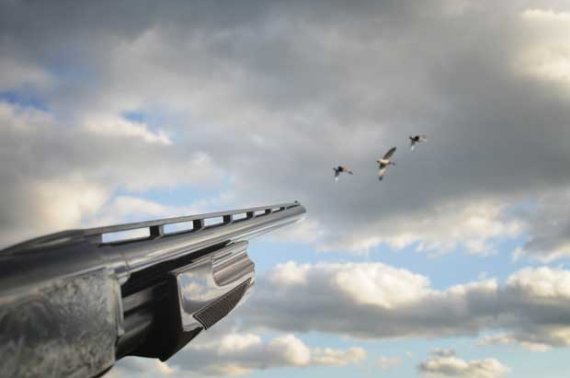The number of geese in The Netherlands is getting out of hand. So too is the damage to farmland and nature. Large sums of money are incurred to pay damages. The current goose legislation sapped 26 million euros out of the state treasury last year. If nothing is done, these costs will rise to 38 million euros in 2018, according to calculations from the Agricultural Economics Institute (LEI) and the Centre for Agriculture and Environment (CLM) in a report titled ‘Doorrekenen ganzenscenario G7 en IPO’.Different The good news is that these costs can be considerably reduced. But sauce for the goose is not sauce for the gander. And here lies the rub: farmers and nature organizations (grouped under the G7) have very different ideas from the joint provinces (IPO) as to how to tackle the geese problem. The biggest difference is in the special forage areas for geese. IPO wants to remove these; the G7 does not. The provinces also want to reduce damage compensation by gradually removing the awards for summer geese till nought in five years’ time.
EU money
The LEI and CLM have calculated how much each of these approaches will cost. As expected, the IPO approach is the cheapest by far. At 14.5 million euros in 2018, it is considerably cheaper than the present goose legislation. The G7 approach is much more expensive, but clever use of European subsidies could bring it down to almost the same amount. The researchers tend to favour the G7 approach, says LEI researcher Piet Rijk. ‘The G7 scenario has been mutually reached after many discussions among the parties and therefore has more social support. Moreover, the costs would not be borne by the farmers alone, unlike in the case of the provinces.’
Summer geese
Both sides agree that the number of geese has to be drastically reduced. The approach is targeted at summer geese which are breeding. The aim is to limit the numbers in the Netherlands to 150,000 in the summer . This is less than half the number counted last summer. But if nothing is done, the geese population will explode to 1.35 million, three times as many as last summer. The current number of geese in winter (more than two million) will then increase to 2.6 million.
Challenge
One thing is clear: the number of geese has to go down considerably. Rijk is targeting about 180,000 geese next summer. Methods include shooting, egg-shaking or fencing in the breeding grounds. ‘And if you do it well, there will be less geese to be got rid of every subsequent year. But the longer we wait, the worse it will become.’ It is still not clear who will do the culling, how, and what the costs are. Rijk and his colleagues have come up with a rough estimate of five million euros in the first year. Rijk: ‘The real challenge is to get the culling accepted. Extensive shooting down of summer geese is something our society is currently not yet ready for.

